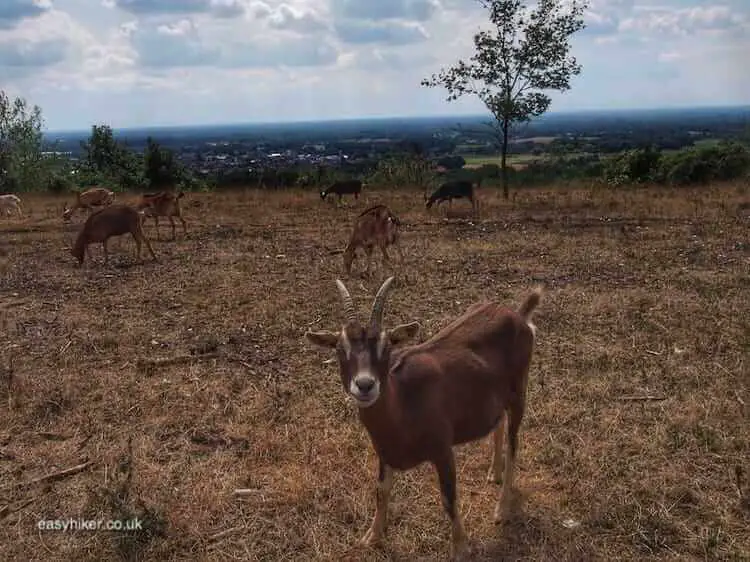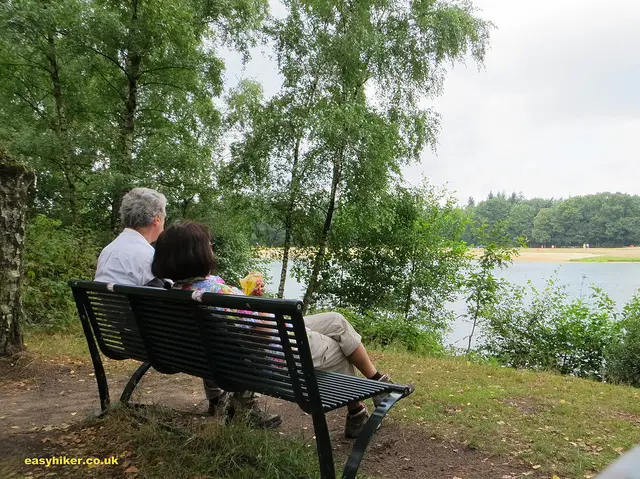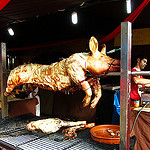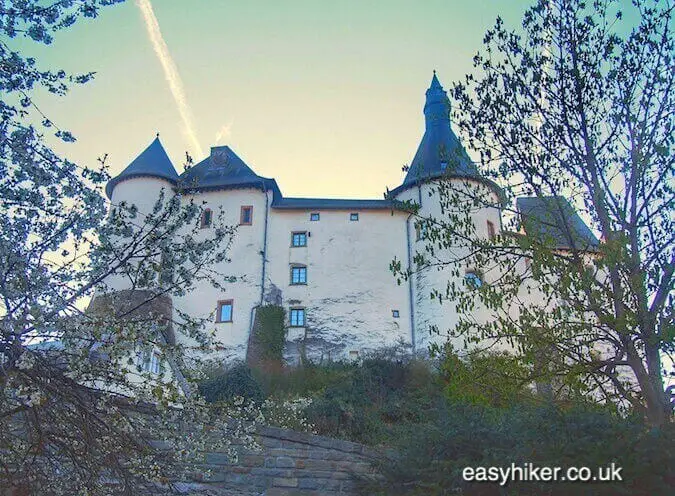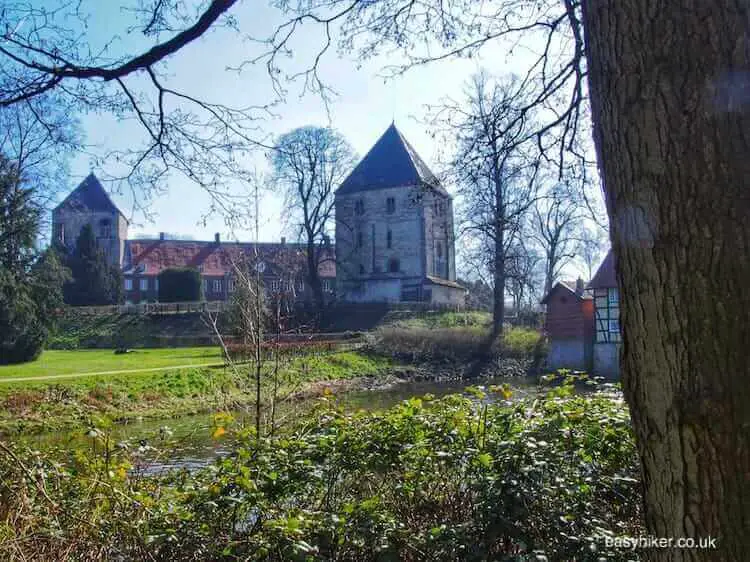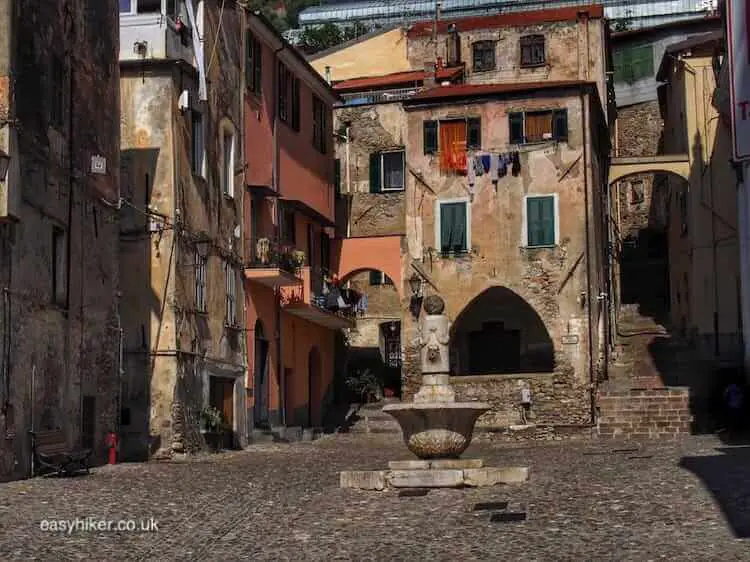Genoa, “La Superba”, proudly stands apart from the rest of the country – and, in many ways, does not feel like an Italian city at all. It is neither elegant (like Milan) nor full of joie de vivre (like Naples), and it is certainly not an open-air museum where everything has been neatly arranged for the benefit of foreign visitors (like central Rome or Florence).
Above all, however, it is not like Venice, its historical twin and rival: the two Republican city states were the leading naval powers of their age in the Mediterranean, but only Venice was interested in acquiring “soft power” through an international reputation for style, grace, and sophistication.
Venice led in all the arts of the era: through Titian (painting), Vivaldi (music), and Casanova (living). Genoa, meanwhile, perfected the art of building fortifications.
Venice, “La Serenissima”, was the sun of the age – Genoa its shadow.
But grim places often have a fascination of their own. While Venice cultivated a culture of light, the Canale Grande breaking up the dazzling Adriatic sunshine into a million shards of light, Genoa developed a culture of darkness: canyons of decaying 17th century mansions into which the sun never shines.
A walk to discover the jewels in the crown of the Prince of Darkness

It is from this culture of darkness that the unique collection of Genoa’s old town churches sprang. Their almost spooky uniformity reflects the use of a single architectural idiom, a sort of bottom-heavy baroque …

… which is equally full of splendour and gloom.
Salvation in Genoa, so it appears, is only achieved through suffering and pain.

This belief in the redeeming quality of suffering is apparently shared by the city’s tourism board. Genoa’s Progetto Chiese Aperte – where a volunteer guide is present at all churches during opening hours – lists 30 churches to visit, too many for a single day or even a single trip.
Which is why we have boiled this number down to a more manageable 7, allowing you to complete your tour in a single morning (most churches close between noon and 4 in the afternoon) while still leaving time for exploring some of the other features of Genoa’s old town.

Feel free to design your own route and do not hesitate to “busk it”. When in doubt, go where the scenery looks most intriguing and leave the reorientation and map-reading for later. You can also start the walk anywhere you like.
Which means that you do not have to begin by visiting the Basilica of San Siro or that you have to approach it from the Salita San Siro …

… even though you would miss the magical moment when the view of the Basilica suddenly appears from the shadows in the gloomy warren of old town streets.
Genoa’s old town is full of such surprises, and you never know what you will discover behind the next street corner.
This is one key theme of the walk, and San Siro – built in 1675 at the site of the city’s first Cathedral – serves as a useful introduction to this leitmotif, while the interiors of the church, too, prepare you for what is to come.

The church of San Pietro in Banchi a few blocks to the south was constructed in the 16th century for and by the city’s community of bankers and businessmen. Take a good look at the shops that were built into the ground floor of the church.

These were added on the insistence of the financial backers who wanted to ensure that the project would eventually pay for itself. (The self-amortizing church: something only a banker could think of.)
No commercial motives were involved in the construction of the San Matteo Chapel, which once was – like most of the other buildings near Piazza San Matteo – the private property of the Doria family, who played a key part throughout the history of the Republic. (San Matteo was the family’s “house saint”, since he had been a tax collector just like them.)

For hundreds of years, this church – built in close vicinity of the various Doria palaces and residences – was the family’s private place of worship. The most famous member of the clan lies buried in the chapel’s crypt: Andrea Doria, the statesman and leading naval strategist of his time, was to Genoa what Washington and Jefferson were to be to the United States: the winner of all-important wars and the author of the Republic’s constitution.
The Chiesa de Gesù, dedicated to the saints Ambrose and Andrew, is Genoa’s Jesuit church. It is located near the central Piazza de Ferrari and full of splendour and sumptuous sculptures.
In contrast to most other Genoese churches, it also features works by internationally known artists (Rubens and Guido Reni), reflecting the globalist perspective of the Jesuit order.

Since the 12th century, Genoa’s main church has been the San Lorenzo Cathedral, …

… which preserved its essentially medieval character (and its interiors of mixed-colour marbles) when other churches were adapted to prevailing fashions at the height of Genoa’s power.

The Cathedral’s treasures include the ashes of St John the Baptist, the plate on which his head was presented to Salomé, and the Sacro Catino, a vessel that was used by Jesus and his disciples during the Last Supper. At least that is what people believed in the Middle Ages.
The church of San Marco al Molo is located in the oldest part of the harbour and originally dates from the 12th century. A few pillars and some of the external masonry still bear witness to this part of the church’s history. In contrast to most of the other churches on our itinerary, San Marco is small in size and contemplative rather than grandiose.

It is also a little sombre – appropriately so, one might say, for a church that was constructed near the city’s ancient execution site further down the molo and whose walls may still echo from the hasty orisons of the condemned. (Please note: the church is open only on Thursday mornings and, in the afternoon, on Mondays as well as Saturdays.)
The church of Santa Maria di Castello is picturesquely located on top the Castello hill in the south of the old town …

… where a church was first erected back in late antiquity, in what was the first fortified urban settlement of the city. In fact, some of the pillars in Santa Maria have stood here for almost 2000 years, going back to the Roman period. Few buildings in Genoa have roots that deep in history.

Santa Maria di Castello is the last stop on our tour.
Please be aware that the church-to-church route is also intended to serve you as a kind of spine for a free exploration of Genoa’s old town.
Do not miss a stroll down the Via Pre, “il carugio lungo”, the – nowadays very multicultural – High Street of the old town.
Pay attention, too, to the hole-in-the-wall shops that line most side streets: you will see stuff here that you would never expect to find in a central city location (can I interest you in our range of door knobs, Sir?) …

… and businesses that take you back 50 years or more.
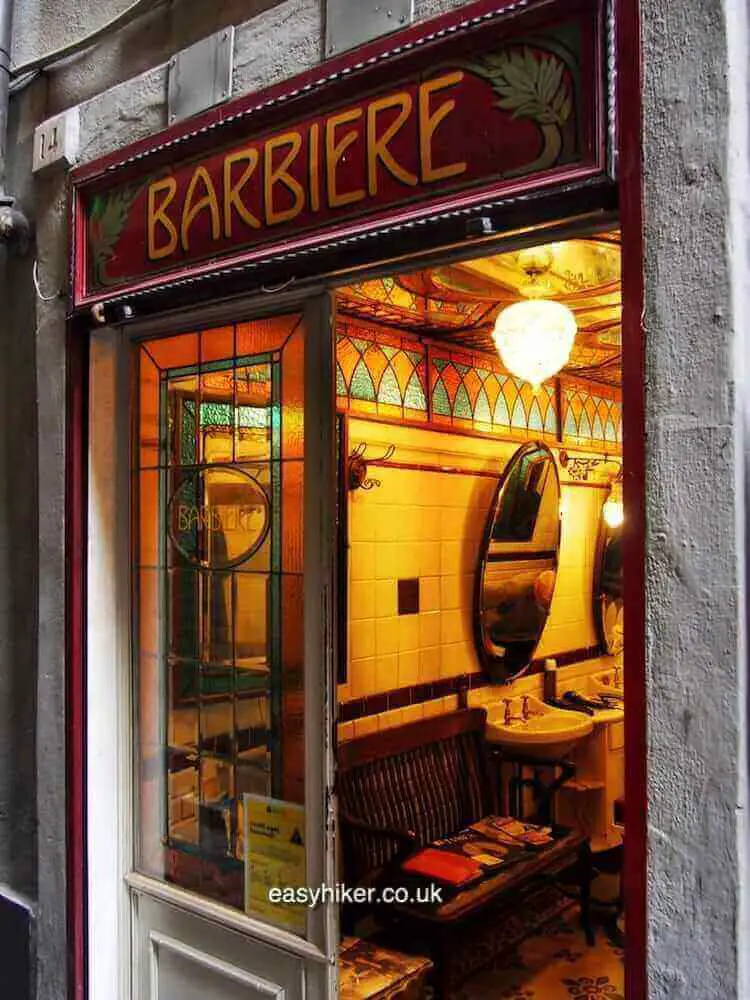
You should also make time for sampling the colourful atmosphere of the harbour …

… and for exploring places of local history such as the Piazza dei Truogoli near the central railway station of Piazza Principe.

On the stairway that leads down to the piazza from Via Balbi, photos are on display that show how the square looked in the 1950s when the structure in its centre was still used as a public wash house. Proof positive, if one were needed, that there is more to Genoa than gloom and doom!


